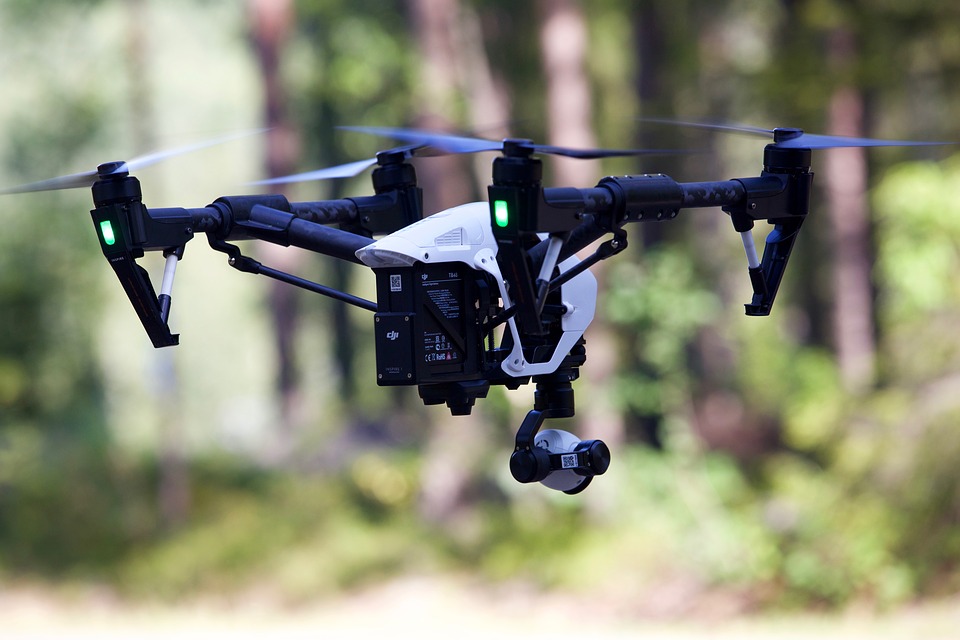This post is also available in:
 עברית (Hebrew)
עברית (Hebrew)
As the rapid growth of drone use continues, the International Air Transportation Association (IATA) has been working on the regulation of the safe integration of drones into the global airspace. If regulated and operated correctly and safely, unmanned vehicle technologies can revolutionize future air transport, airport operations, cargo operations and ground handling, besides others.
Drones present significant opportunities to improve efficiencies, reduce costs and increase speed within the aviation industry, said IATA cargo transformation head Celine Hourcade, citing aircraft inspections and bird strike avoidance as two concrete examples.
Aircraft inspections, 80% of which are undertaken visually, take about six to ten hours at a cost of $10 000 for every hour the aircraft is not airborne, and require qualified personnel using cherry-pickers, elevators and other heavy equipment to find and log defects that “can be anywhere on the aircraft”. The use of drones could accelerate the inspection process by 20 times, reducing the aircraft downtime and related costs.
The UAS could also be used for clear flight solutions and bird control, wherein drones, realistically mimicking the appearance and weight of birds, and through the combination of silhouette and wing movement, effectively “chase off” birds, she explained.
IATA identified three specific focus areas for initiating regulation in the global airspace – safety, air traffic management (ATM) and integrated operations.
“All of these areas are related. We need to make sure operations are safe, appropriate regulation and infrastructure is in place and operations are integrated,” IATA ATM infrastructure director Rob Eagles told media, according to engineeringnews.co.za.
He emphasized the higher risk of aircraft accidents and incidents caused by the irresponsible use of an unmanned vehicle and the potential security threat posed by the unauthorized use of UAS for malicious purposes.
Another concern was the unprofessional operation of recreational drones that could pose a threat simply because people were unaware of the risks to manned aircraft, he added. In line with prioritizing air safety, IATA has been actively running an education and awareness campaign, which includes educational and safety videos, as well as videos outlining the need for progressive regulations.
IATA has also partnered with numerous industry players and continues to work closely with the International Civil Aviation Organization (Icao) in pursuit of greater awareness of the potential dangers of manning drones in close proximity to airports and the development of remote pilot training, licensing and medical requirements to ensure safety standards in nonsegregated airspace are not compromised.
IATA has also developed a UAS toolkit guiding the development of appropriate – and enforceable – regulations in light of a lack of harmonized international standards and concepts of operations for unmanned systems.
Along with new standards and regulations, new airspace areas need to be defined, in particular below 500 feet and above 60 000 feet (150m to 18300 m).


























